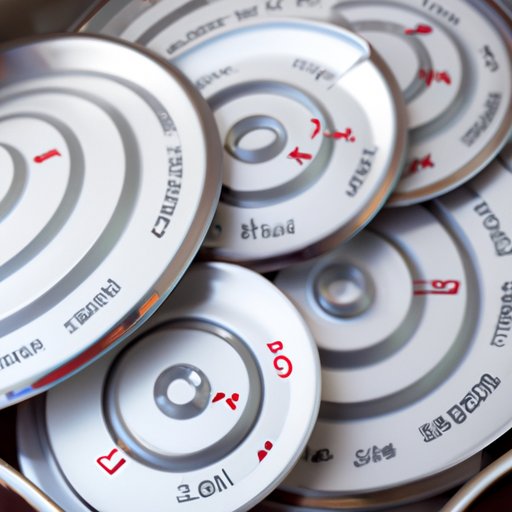Introduction
Understanding how to convert from milliliters (ml) to grams (g) and vice versa is essential for accurate measurement in both scientific experiments and cooking. It is common to misunderstand the conversion and interchange the two measurements, leading to imprecise results.
The Simple Guide to Understanding Milliliters to Grams Conversion
Milliliters refer to the measurement of volume, while grams refer to the measurement of mass. The conversion between ml and g depends on the density of the substance being measured. To convert from ml to g, multiply the volume by the density. To convert from g to ml, divide the mass by the density.
For example, the density of water is 1 g/ml. Thus, 100 ml of water would weigh 100 g, while 50 g of water would take up 50 ml of space.
The conversion can be calculated using the following formula:
g = ml x ρ
where g represents the mass in grams, ml represents the volume in milliliters, and ρ represents the density.
How to Accurately Measure Liquids and Solids Using Milliliters and Grams
Measuring cups, measuring spoons, and kitchen scales are the most commonly used tools for measuring liquids and solids in the kitchen. Graduated cylinders are also used for laboratory purposes.
When using measuring cups, read the measurement at eye level on a flat surface. Measuring spoons usually come in fractions of teaspoons, tablespoons, and cups. For the most accurate measurement, use a kitchen scale with a tare function to account for the weight of the container.
The Science Behind and Importance of Properly Converting Between Milliliters and Grams
Mass and volume are closely related, with mass being the amount of matter in an object and volume being the amount of space it occupies. Thus, understanding the conversion between ml and g is crucial in scientific experiments where precise measurement is necessary. In cooking, improper conversion can affect the outcome of a recipe, especially in baking where a small deviation in measurement can lead to a failed dish.
Exploring the Relationship Between Volume and Mass: Milliliters and Grams Conversion
The formula for the conversion depends on the density of the substance being measured. For instance, the density of sugar is 0.85 g/ml, while the density of olive oil is 0.92 g/ml. A conversion chart or calculator can be used to easily obtain conversion values based on the substance being measured.
For example, 250 ml of sugar would weigh 212.5 g (250 x 0.85), while 500 g of sugar would take up 588 ml of space (500 ÷ 0.85).
Common Kitchen Measurements: Understanding Milliliters to Grams for Precision Cooking
Common kitchen ingredients have different densities and therefore require different conversion values. Examples include:
- 1 cup of flour = 125 g
- 1 cup of milk = 240 ml
- 1 tablespoon of salt = 18 g
- 1 teaspoon of baking powder = 4 g
Measuring ingredients accurately is crucial for precise cooking and baking. Thus, it is important to understand the conversion between ml to g for common kitchen ingredients.
Conclusion
Proper conversion between milliliters and grams is essential for scientific experiments and precise cooking and baking. Understanding the relationship between mass and volume, the conversion formula, and the common kitchen measurements is vital for anyone who frequently measures liquids and solids in milliliters and grams. Remember to use precise measuring tools and follow the conversion carefully for accurate results.
Practice measuring ingredients using milliliters and grams to ensure precision in your cooking and experimentations. With practice, mastering the conversion becomes easier and quicker.
